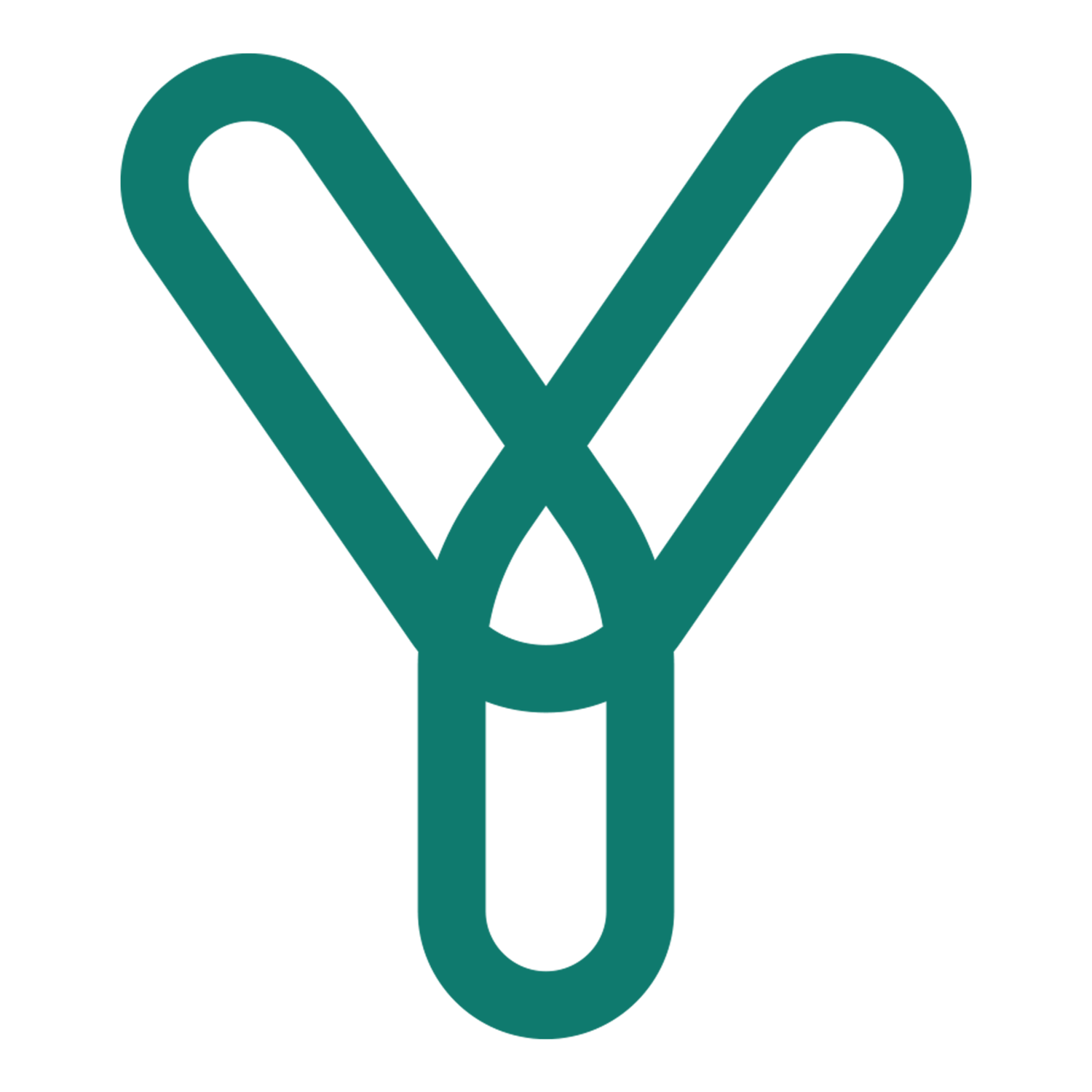Upwards Plank: Purvottanasana
A strong pose that counteracts the effects of forward folds and Chaturangas, by stretching the front body, pecs and shoulders.
Name: Upward Plank Pose / Reverse Plank
Sanskrit: Purvottanasana
Pose Intensity: Strong
Goal: Counteracts forward folds and Chaturangas
Getting into the Pose:
Sitting in Dandasana (Staff Pose)
Place the hands a few inches behind the hips with fingers pointing towards you.
Inhale, squeeze the glutes and press firmly into the feet and hands. This will give you a natural feeling of lift in the hips. Lift the hips as high as you can, keep the chin tucked into the chest. Keep the chin tucked then gently start to lift the chin until you reach a comfortable position with the neck. Keep the neck activated and don’t let the back of the neck compress. Squeeze the shoulder-blades to keep lifting the chest.
Hold this pose for 5 breaths, pulling upwards with the chest and pressing down with the hands and feet.
Coming out of the Pose:
Lifting the head first and tuck the chin, then come down on an exhalation by slowly lowering the hips back down into Dandasana.
Variation:
The pose can be made more challenging by placing a foot on the opposite knee. This is an advanced pose that involves stretching the front body, strengthening the back body and balance.
To arrive at upward plank, with one foot on knee, follow the directions for upwards plank.
Inhale to lift one foot, bend the knee and place the ankle on the opposite knee. Keep lifting the chest and hips. Press firmly into the one foot and keep the hips square. If you feel the hip of the lifted leg rotating, draw it down and lift the opposite hip more.
To come out, slowly place the foot back down to upwards plank and come out the same way as described above.
Modifications:
If the pose is too strong, try reverse table-top pose, which gives all the same benefits of strengthening the arms and wrist and back body, but giving support through the legs.
If Reverse Table Top Pose feels quite powerful, place some blocks underneath the hips for support. Try and keep light on the blocks by still pressing into the hands and feet.
The 3 Top Tips
Squeeze the glutes as much as possible to create a natural lift of the hips.
To find the best hand position, lay down onto the elbows first to find a comfortable position, then place the hands where the elbows were. Find the most comfortable positions for the hands whether it feels best for the fingers inwards or outwards.
It’s totally fine to keep the chin fully tucked if it’s most comfortable for the neck
Benefits
Strengthens the legs
Strengthens the whole back-body
Stretches the shoulders, chest and front ankles
Cautions
Be mindful of the neck - if there are any weakness or injury to the neck, avoid the full posture or keep the chin completely tucked.
The pose can also be done with the head resting on a chair or against the wall.
Be careful of any wrist injuries or pains. Place the hands in a way that is most comfortable for the wrists.


